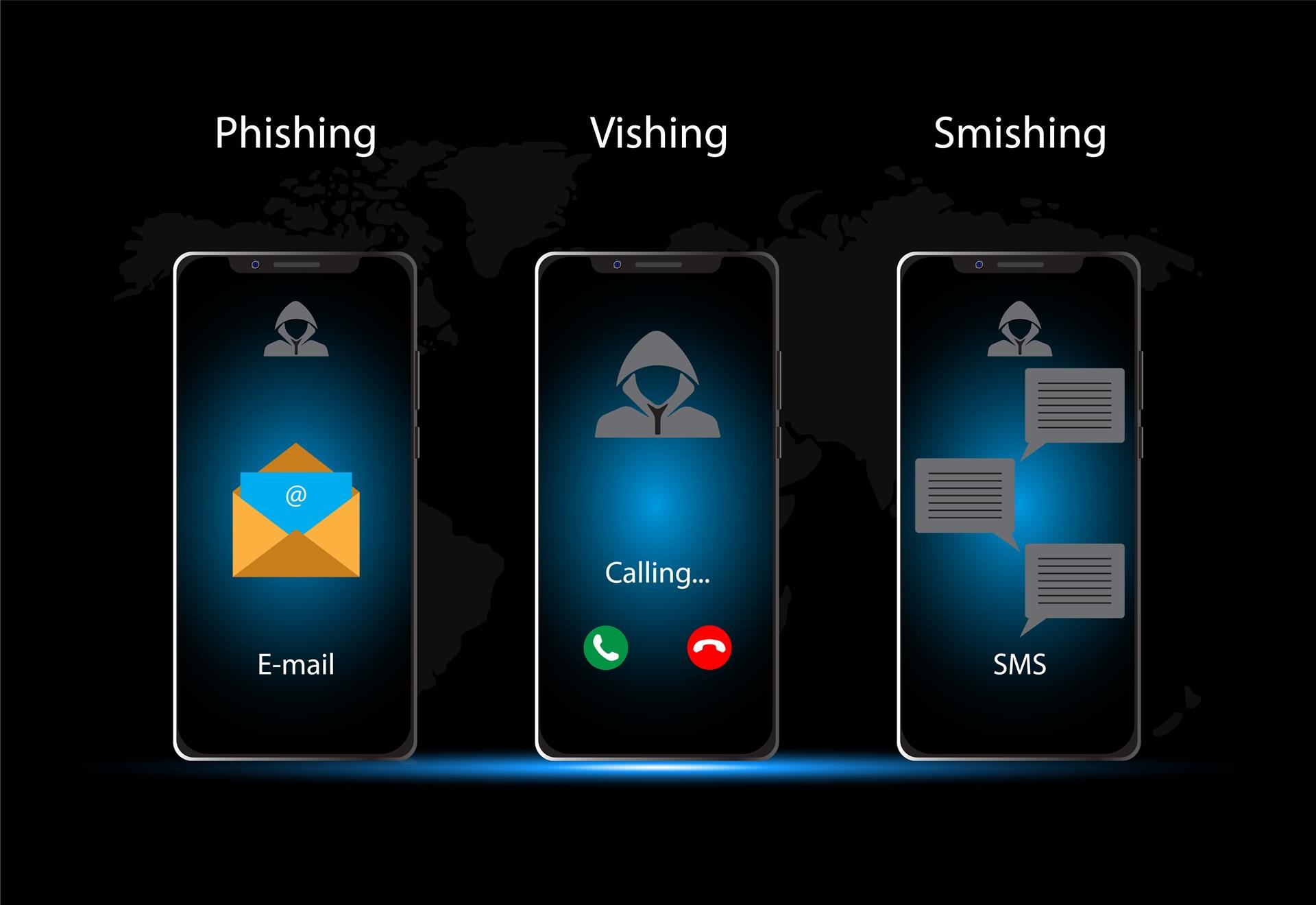
AI Scam Alerts: Top 5 Telecom Fraud Trends
As scams evolve, the telecommunications industry must increase its security to thwart scammers’ tactics. AI-based fraud is rapidly emerging as a significant threat for 2025 and beyond. Let’s delve into the most common types of scam alerts and common scams and how you can protect yourself from becoming a victim.
1. AI-Powered Scam Alerts
While AI has the potential to break medical barriers and solve problems, it also has the potential to be abused by scammers. A new type of telecom fraud involves scammers using FraudGPT to enhance and even automate phishing campaigns, generating malware and quickly crafting scam content that tricks victims into providing information and access to their data.
Never click on any links, and always keep your devices up to date with the latest security software. Learn more about the latest tech scams.
2. AI Social Media Scam Alerts
Another type of AI-driven fraud and scam alert involves social media, where scammers create fake giveaways, promotions, and surveys. These scammers will also use AI to create fake reviews, testimonials, and even social media posts that appear legitimate, often tricking customers into providing personal information or placing orders.
However tempting, always avoid ordering from social media sites. If you see a product you’re interested in, visit the website directly.
3. AI-Powered Deepfake Calls and Call Spoofing Scam Alerts
Scammers are now using AI to clone voices in an attempt to convince people to send them money, authorize transactions or even extract sensitive information. The rapid advancements in deepfake technology have made it extremely hard to detect fraud, which is why family members should have a secret code word in the event they receive a time-sensitive call requesting information or money.
If you receive a text or phone call that appears to be from a friend or family member requesting money or information, hang up or discontinue the chat and contact the person directly.
4. AI Phishing Scam Alerts
Today’s advanced scammers utilize AI for phishing schemes, even creating convincing messages that appear to be from financial institutions or telecom operators. Among the techniques they deploy include AI-generated voice calls, texts and even WhatsApp messages that then lure victims into providing sensitive information. Today’s AI bots pose as customer service agents and even have realistic, automated voices.
A good general rule of thumb is to stop the conversation immediately and hang up if you didn’t initiate it or are not expecting the call.
5. SMS Fraud and Smishing Scam Alerts
You’ve likely been the victim of SMS fraud scam alerts. Scammers use AI-generated SMS text campaigns to execute smishing attacks, creating personalized text messages that appear to be from legitimate sources. These messages may contain instructions or links that extract sensitive information from your phone.
Never respond or engage with any unsolicited SMS text on your cell phone or device.
Home Telecom Works to Fight Fraud and Scam Alerts
Home Telecom is committed to combating fraud and safeguarding our customers. If you have any questions about the validity of a call, email, or text message you receive claiming to be from Home Telecom, please contact our customer service department immediately.
